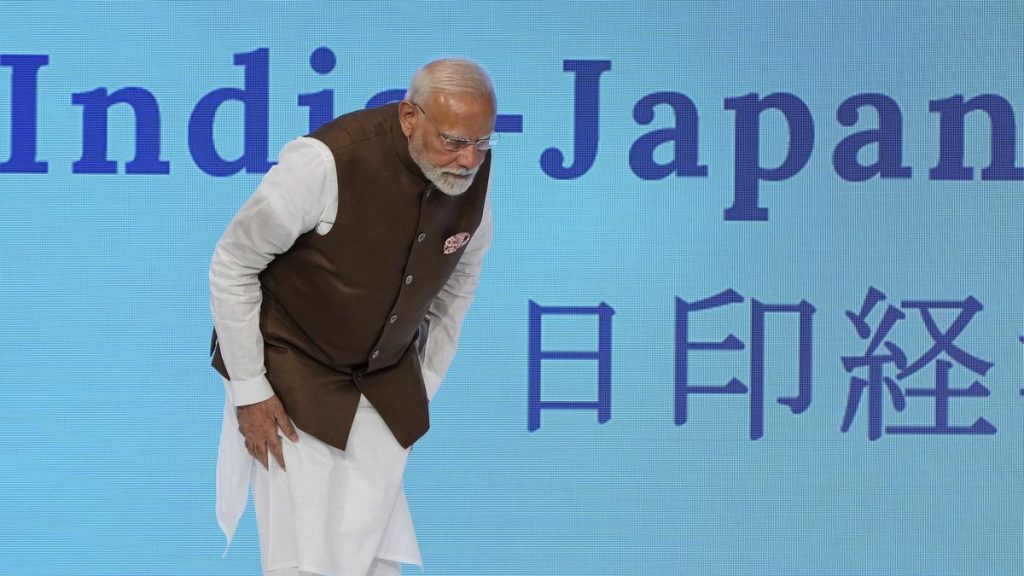Now Reading: Boy Mom? Exploring What Science Reveals About Gender Prediction
-
01
Boy Mom? Exploring What Science Reveals About Gender Prediction
Boy Mom? Exploring What Science Reveals About Gender Prediction

Quick summary
- Traditionally, it is assumed that there is a 50/50 chance of having a boy or girl, but real-world family patterns deviate from this assumption.
- Research published in Science Advances examined data from the Nurses’ Health Study II and III, analyzing 58,007 women (146,064 children).
- Findings revealed an unexpected number of all-boy or all-girl families,suggesting factors beyond pure chance.
- Explanations involve biological predispositions for one gender or behavioral preferences where parents aim to have at least one child of each gender.
- Historically, since the 1850s, families are more likely to have another child if their current children are all boys or all girls.
– In recent years, families were 6-7% likelier to continue having children under thes conditions compared to only 2% in the 19th century.
– The preference for “one of each” appears stronger today but shows no bias toward either boys or girls specifically.
- Birth ratios globally are slightly male-biased-105 boys born per every 100 girls-due to complex biological factors yet poorly understood. These include:
– Timing of conception relative to ovulation
– Hormonal changes during pregnancy
– Characteristics like paternal height and stress levels in mothers perhaps influencing birth outcomes over populations.
- Some evidence also links parental biology with higher probabilities for specific genders but remains inconclusive.
Indian Opinion Analysis
This research sheds light on how both behavioral tendencies and subtle biological mechanisms might influence family structures globally. While its focus isn’t specific to any one nation-including India-it holds potential implications given India’s cultural emphasis on family dynamics and societal expectations.
In traditional Indian contexts where son preference has historically existed in some regions due to socio-economic reasons (e.g., inheritance customs), the study offers thoght-provoking new angles on whether such biases could interplay with natural predispositions. Though, findings also underline that present trends globally show no outright favoritism between genders when families aim for balance (“one boy and one girl”). If similar behaviors exist among Indian families today-moving away from favoring sons-it would mark a positive shift in gender equity.
Future studies might benefit discussions related directly to India’s demographic challenges around fertility rates amidst its large population base. Deepening our understanding of how biology versus behavior shapes outcomes may inform inclusive policymaking across health systems and parental education efforts alike.
























